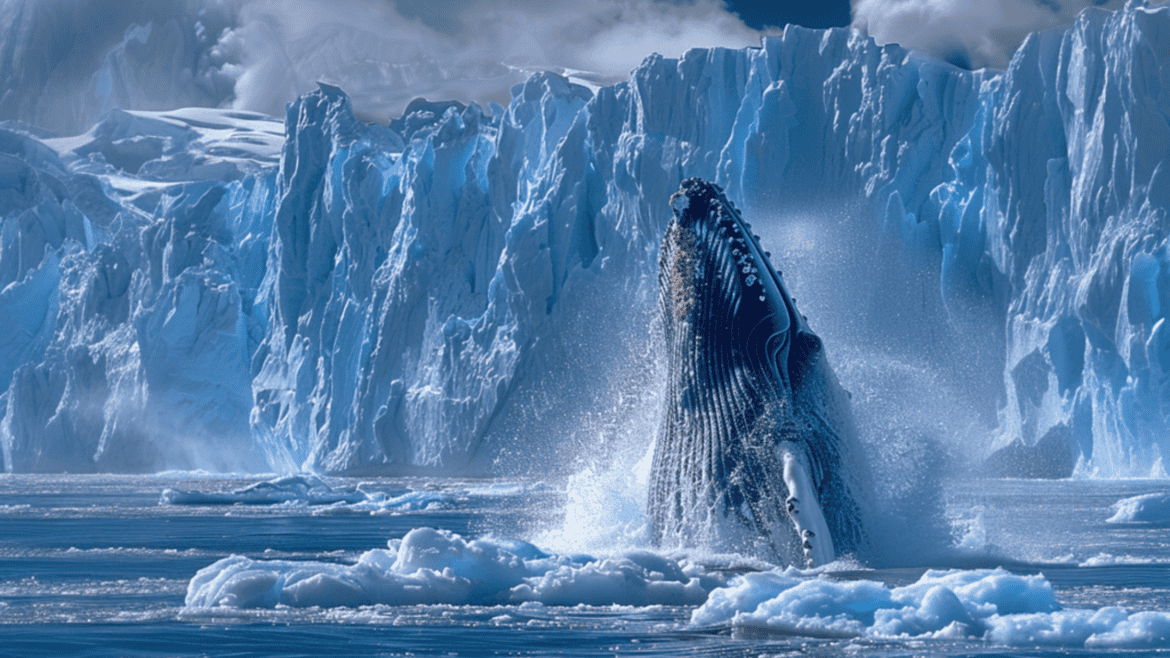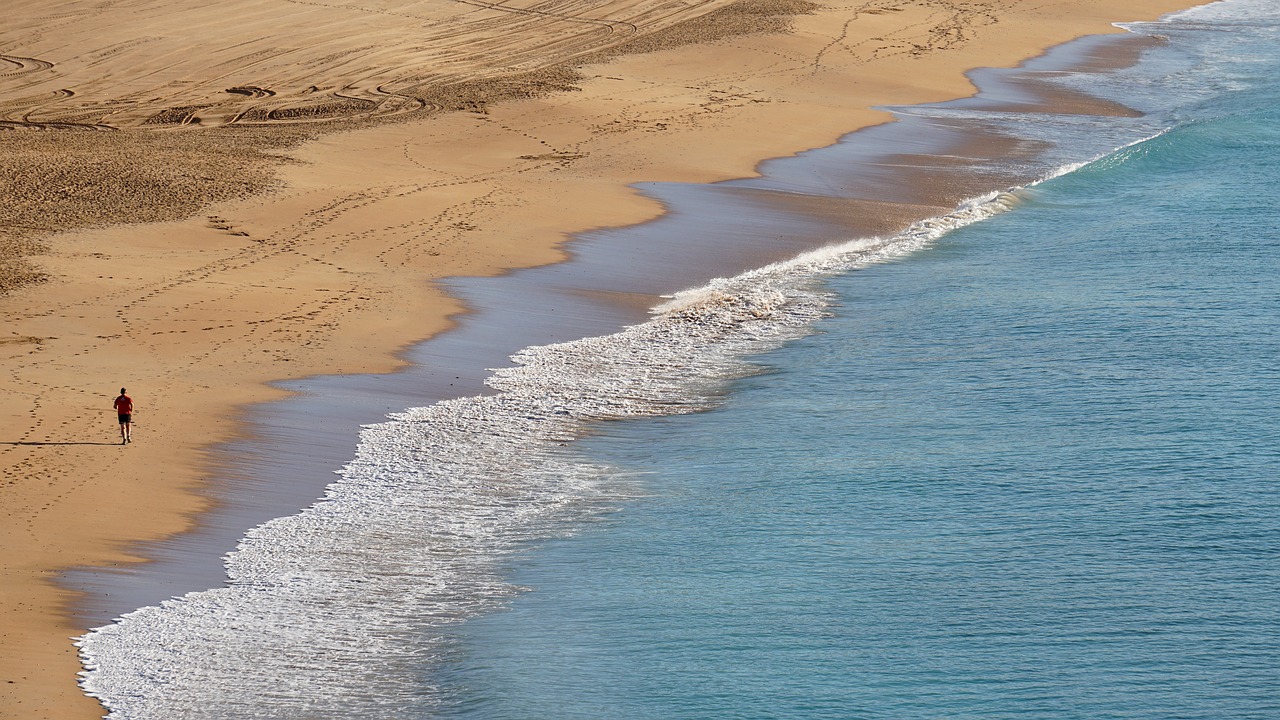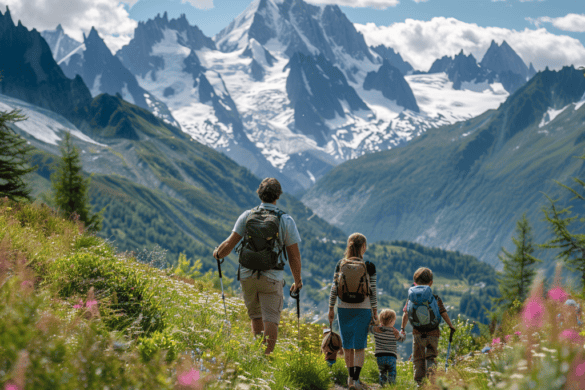An expedition cruise to Antarctica epitomises the real essence of adventure—a voyage to the farthest reaches of the planet’s southern realm! Here you can marvel at the unspoiled panoramas and fascinating wildlife thriving in a frozen paradise. Amidst the colossal icebergs and majestic peaks of the Antarctic Peninsula, every day presents an unparalleled opportunity to discover the enigmatic allure of this immaculate wilderness.
In this guide, we’ll share everything to know about Antarctica expeditions. Uncover the best time for your expedition, the things to pack for your trip, and more!
The Best Time to Visit Antarctica
The best time to visit Antarctica for an expedition cruise is during the Antarctic summer, usually from late November to early March. This period offers the most favourable conditions for exploration, with milder temperatures, longer daylight hours, and reduced sea ice, allowing for easy navigation.
In November and early December, witness the arrival of Antarctic wildlife, including penguins, seals, and whales, as they return to the continent to breed and feed. December and January mark the height of the Antarctic summer, offering the best chances for seeing the wildlife. It also boasts optimal weather conditions for outdoor activities and shore excursions.
February brings the peak of the Antarctic summer, with longer days and warmer temperatures, making it an ideal time to explore the continent’s interior and witness spectacular landscapes of towering icebergs and glaciers. Additionally, late February and early March offer the chance to observe whale migrations as they depart Antarctic waters.
How to Get to Antarctica
Getting to Antarctica has become more accessible, with plenty of options available. Numerous travel companies specialise in arranging expeditions, providing a straightforward and convenient means of reaching the most remote continent on Earth. Here are some ways to get to Antarctica:
- Expedition cruises – cruises offer the perfect expedition to Antarctica. Most of these cruises depart from Ushuaia, Argentina, or Punta Arenas, Chile, offering immersive experiences with expert guides, zodiac excursions, and landings on the Antarctic Peninsula.
- Fly-Cruise Options – for this option, you’ll fly into King George Island or Punta Arenas and join a cruise from there, reducing the sailing time across the Drake Passage.
- Sailboats and Yachts – you can also book private sailboats or yachts departing from South America, offering bespoke voyages to Antarctica, allowing for flexibility in itinerary and activities.
- Icebreaker expeditions – Icebreaker ships departing from Australia or New Zealand provide unique experiences, breaking through thick ice to access remote areas of Antarctica.
The Best Things to Do in Antarctica
While the awe-inspiring landscapes of Antarctica are undoubtedly the highlight of your expedition, there are also plenty of enjoyable activities to partake in during your visit. So, here are some of the best things to do in Antarctica:
- Wildlife Watching – witness the mesmerising spectacle of penguins, seals, whales, and seabirds in their natural habitat, offering unparalleled opportunities for photography and observation. There are some fantastic Antarctica tours led by expert guides who will share their passion and expertise about the region’s unique wildlife and more.
- Kayaking – paddle through serene waters amidst towering icebergs and glaciers, gaining a closer perspective of the Antarctic environment and wildlife.
- Shore Excursions – explore the pristine Antarctic landscape on foot through guided shore landings, immersing yourself in the icy wilderness and its unique flora and fauna.
- Camping – spend a night under the Antarctic sky at a remote camping site, surrounded by pristine wilderness and the silence of the polar night.
- Polar Plunges – brave the frigid Antarctic waters with a polar plunge, an exhilarating and unforgettable experience for the adventurous traveller.
- Cross-country Skiing and Snowshoeing – traverse the snowy terrain on cross-country skis or snowshoes, exploring hidden valleys and panoramic vistas away from the ship.
- Zodiac Cruising – explore secluded bays, ice formations, and wildlife-rich areas aboard small inflatable boats, allowing for close encounters with Antarctic wonders.
What to See in Antarctica
Prepare to be mesmerised by the breathtaking scenic wonders awaiting you in Antarctica. Embark on a cruise to witness many of these highlights first-hand, immersing yourself in the exceptional beauty of this pristine continent.
- Antarctic Peninsula – explore the rugged coastline of the Antarctic Peninsula, dotted with towering cliffs, majestic fjords, and pristine beaches teeming with wildlife.
- Wildlife Spectacles – witness the fascinating sight of thousands of penguins congregating on rocky shores, seals lounging on ice floes, and whales breaching the icy waters.
- Glacier-Covered Mountains – witness towering peaks adorned with vast ice sheets and glaciers, creating a breathtaking backdrop of pristine beauty.
- Icebergs – marvel at colossal ice formations sculpted by nature, ranging from small, delicate sculptures to massive tabular icebergs, each with distinct shapes and colours.
- South Georgia Island – visit the wildlife-rich shores of South Georgia Island, home to vast colonies of king penguins and elephant seals amidst dramatic mountain scenery.
- Deception Island – explore the volcanic landscape of Deception Island, where you can walk on black sand beaches, bathe in natural hot springs, and witness the remnants of an abandoned whaling station.
- Historic Sites – visit historic research stations and explorer huts, including Ernest Shackleton’s famous hut at Cape Royds, offering insight into the heroic age of Antarctic exploration.
- Northern Lights – with luck, witness the ethereal beauty of the Southern Lights, or Aurora Australis, illuminating the Antarctic night sky with shimmering curtains of colourful light.
What to Pack for a Trip to Antarctica
To make the most of your expedition cruise to Antarctica, ensure you bring everything on your trip. Here’s a list of things to pack:
- Cold Weather Clothing – insulated waterproof jacket and pants, thermal base layers, fleece or down jacket, warm hat, gloves, and scarf.
- Footwear – waterproof boots with good traction for shore landings and zodiac excursions.
- Accessories – sunglasses with UV protection, sunscreen with high SPF, lip balm with SPF, and a wide-brimmed hat.
- Personal items – camera or smartphone for capturing memorable moments, binoculars for wildlife spotting, and a waterproof dry bag to protect electronics.
- Medical Kit – seasickness medication, motion sickness bands, pain relievers, and necessary prescription medications.
- Documentation – passport, travel insurance documents, and any required visas or permits.
- Miscellaneous – reusable water bottle, backpack or daypack for excursions, and a small first aid kit.
- Optional – waterproof pants and jacket for kayaking, snorkelling gear for polar plunges or wildlife viewing, and a journal or notebook for recording experiences.












